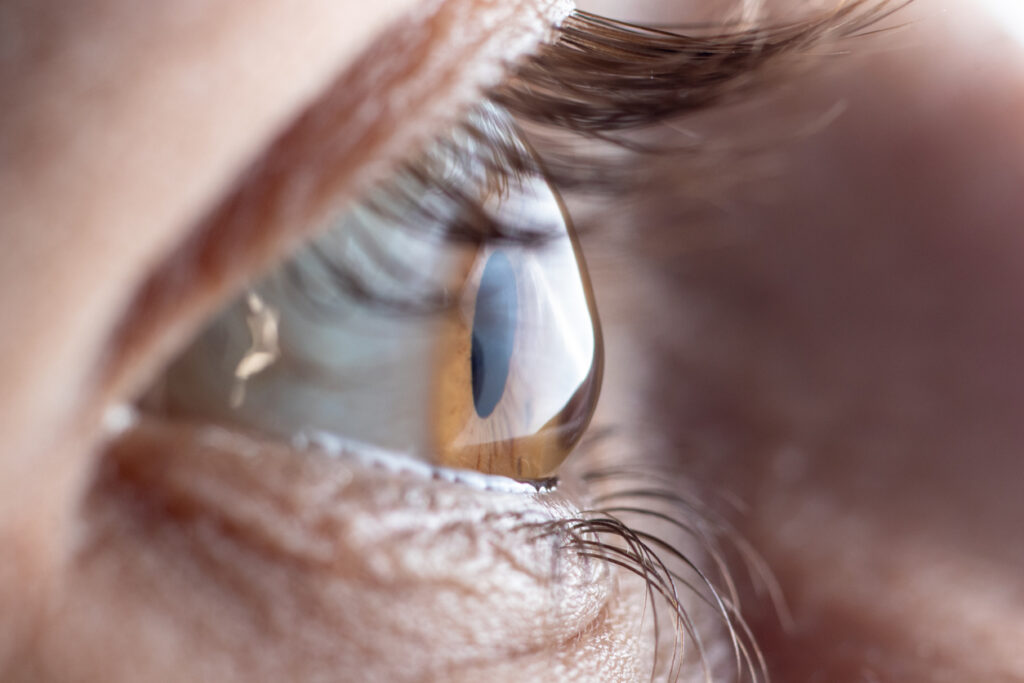Seasonal allergies can be a real nuisance, especially when they affect your eyes. The itching,…

How to Treat Common Causes of Blurry Vision
Blurry vision can be caused by a variety of things, ranging from eye fatigue to more serious conditions. In this article, we’ll examine the five most common causes of blurry vision and how you can treat them. Knowing what’s causing your blurry vision can help you determine the best solution to improve your vision.
Eye Fatigue
Eye fatigue is a common cause of blurry vision, especially if you’re spending lots of time in front of screens or performing close-up work like reading or sewing. Eye fatigue can cause temporary blurring and/or double vision and is usually accompanied by dry eyes and headaches. To reduce eye fatigue, take regular breaks from screens or close-up work and make sure to blink regularly to keep your eyes moist. Additionally, using artificial tears or lubricants can help keep your eyes hydrated throughout the day.
Dry Eyes
Dry eyes are another common cause of blurry vision—the lack of moisture in your eyes causes blurriness that may come and go during the day. Dry eyes are usually caused by an imbalance in tear production; as a result, treatment usually involves increasing tear production with over-the-counter drops or ointments, as well as taking steps to prevent tears from evaporating too quickly (such as wearing sunglasses outdoors). If home remedies don’t help, talk to your doctor about prescription medications that can increase tear production.
Nearsightedness
Nearsightedness (myopia) is another common cause of blurry vision that affects many people—especially those who use screens for extended periods of time each day. Nearsightedness occurs when the eyeball is slightly longer than normal, resulting in blurred images at a distance but clear images up close. The best way to treat nearsightedness is with corrective lenses such as eyeglasses or contact lenses; there are also surgical treatments available for those who want a permanent solution.

Astigmatism
Astigmatism occurs when the cornea—the clear layer on the front part of the eye—is curved unevenly instead of being perfectly round like it should be. This curvature affects how light enters the eye, resulting in blurred or distorted images at any distance; astigmatism can occur alone or along with nearsightedness and farsightedness (hyperopia). Astigmatism is treated with corrective lenses such as eyeglasses or contact lenses; surgery may be recommended for those whose astigmatism cannot be corrected with corrective lenses alone.
Presbyopia
Presbyopia is another common cause of blurry vision that typically affects adults over age 40. It occurs when the lens inside the eye becomes less flexible over time and thus unable to focus on close objects as easily as it used to be able to do when younger. The best way to treat presbyopia is with reading glasses; bifocals and progressive lenses are also available for those who need correction for both far away objects and near objects simultaneously. Surgery may also be an option for those seeking a permanent solution whose presbyopia cannot be corrected with glasses alone.
Blurry vision can have many causes ranging from eye fatigue to more serious conditions such as nearsightedness or astigmatism. Knowing what’s causing your blurred vision will make it easier for you to find an appropriate treatment plan so you can improve your overall visual clarity quickly. If home remedies don’t help improve your symptoms, talk to your doctor about other options such as corrective lenses or surgery that might improve your condition even further.
The only way to find out what is truly going on with your eyesight is to schedule an appointment and have one of our certified ophthalmologists take a look.



